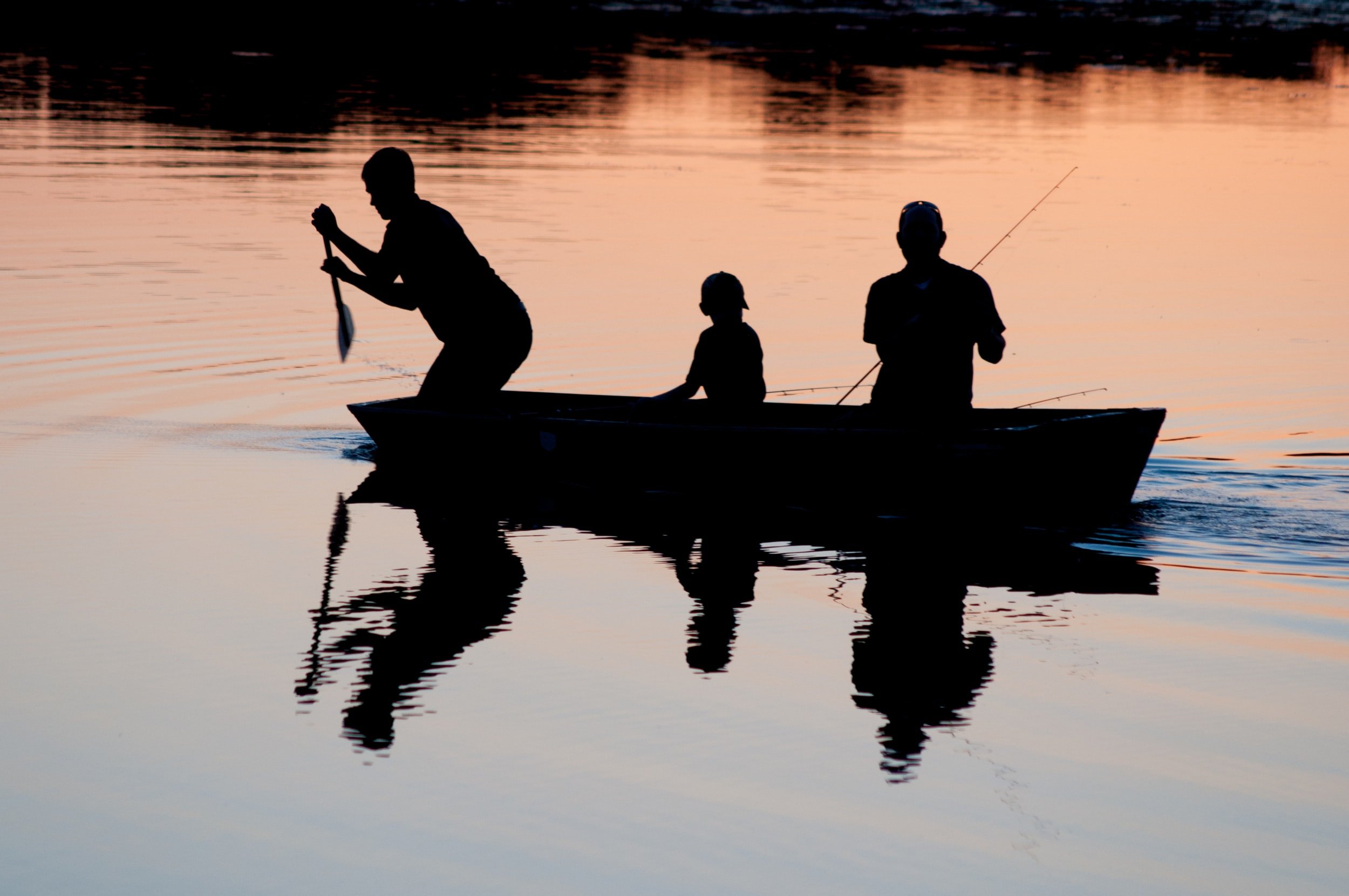Activists Threaten Endangered Species
Ron Spomer Outdoors: Scimitar-horned oryx
Killing endangered species doesn’t seem like a good idea, but it is if killing them saves the species.
Okay, how can that make any sense?
The scimitar-horned oryx, native to North Africa desert grasslands (which are becoming more desert than grass, thanks to human overuse and abuse) is thought to have been extirpated from its native ranges in 1999. That means gone. Wiped out by loss of habitat (livestock grazing) and unregulated hunting (spelled poaching.) So the U.S. Fish & Wildlife Service lists it as an Endangered Species. No kidding. But last spring I saw several dozen on a private ranch -- in Texas. Last December I saw four more, including one that was flying. And I wasn’t the only one.
Hundreds of folks see scimitar-horned oryx on various Texas ranches every year because those nasty Texans breed and raise these lovely antelope and move them from ranch to ranch by helicopter, which explains how I saw one flying overhead, dangling from a rope, last December. Oh, one more thing. Those same ranchers kill some of their oryx.
What! Kill? But of course. You can’t just let animals increase indefinitely within limited habitat. And Texas pastures are limited. If you don’t kill or otherwise remove excess oryx, the whole herd dies after eating all the forage. This isn’t rocket science. Nevertheless, animal rights activists sued the U.S. Fish & Wildlife Service for letting ranchers capture, trade, sell, move, kill and continue their successful perpetuation of scimitar-horned oryx.
Brilliant. Harass the people who have saved the species from extinction.
Back up a second. Let’s study a bit of history. Somewhere in the recent past some Texans got hold of captive bred oryx (probably excess zoo animals) and began raising them. Texans raise many non-native species including rhinos and other endangered North Africa antelope such as the addax. While the USFWS, other national and international wildlife agencies, private conservation organizations and anti-hunting groups regulated and legislated and agitated to save scimitar-horned oryx in the wild, the beasts essentially disappeared. Yet, in Texas, where ranchers were selling and trading oryx and hunters were shooting them, the animals were thriving. So, sensibly, the USFWS promulgated a regulation allowing those ranchers an exemption from regulations against doing such things. The thinking was, quite correctly, that these hunting ranches had been and would continue to be the salvation of scimitar-horned oryx.
But of course. They exchanged genetic stock, maintained healthy herds, saw annual increases in populations and made money by charging hunters to shoot a few excess animals each year. The money funds the whole program. Essentially the herds earn their keep.
This didn’t sit well with the antis. So they pressed USFWS to get tough on those nasty, bloodthirsty Texas ranchers. Naturally, a judge (omniscient, omnipotent expert on biology and wildlife management) slapped USFWS hands and said No more of that. Now you must apply for and be granted a special authorization permit from USFWS before importing, exporting, culling or otherwise managing the scimitar-horned oryx you and virtually you alone have saved from extinction. Exactly who within USFWS will determine which ranches get this permit, and under what criteria, are apparently arbitrary. This should do several things:
Save taxpayers lots of money as we pay bureaucrats to tour ranches and push papers around saying “Yay” or “Nay” about whether any one of some 2,000 captive bred, privately owned oryx can be moved from pasture A to Z, or whether a rancher can recoup $4,000 of his operating expenses by charging a hunter to shoot a 7-year-old bull that is about to die anyway.
Increase, dramatically, the numbers of oryx in their native lands of North Africa (sarcasm.)
Save energy, reduce carbon emissions and minimize global warming by requiring USFWS bureaucrats to drive all over Texas policing ranchers who own oryx and are continuing to breed, feed and save them from extinction, which all the anti-hunters and international wildlife organizations with their millions of dollars couldn’t achieve in a single country in Africa.
I suspect that most USFWS biologists and bureaucrats were trying to do the right thing and permit ranchers to continue largely unmolested with their oryx-saving enterprises, but our broken judicial system, which permits frivolous lawsuits and reimburses the plaintiffs their court and lawyer fees if they win, prevents common sense solutions. So now we have government agents, in a non-police state, forcing private property owners to pay for harboring and feeding a privately and legally purchased and privately owned herd of animals without options for monetary remuneration. As I read the regulations, they cannot sell the beasts, cannot move them to other ranches, cannot sell old bulls to help defray some of the expense of keeping them ...
I believe no individual should be allowed to kill the last of any endangered species, but neither should society at large force anyone to pay for the maintenance of that species. At some point rational citizens have got to begin pushing back against these emotional, unproductive, regressive anti-hunter shenanigans that ultimately waste millions of taxpayer dollars and hurt wildlife and habitat protection efforts.
# # #

















